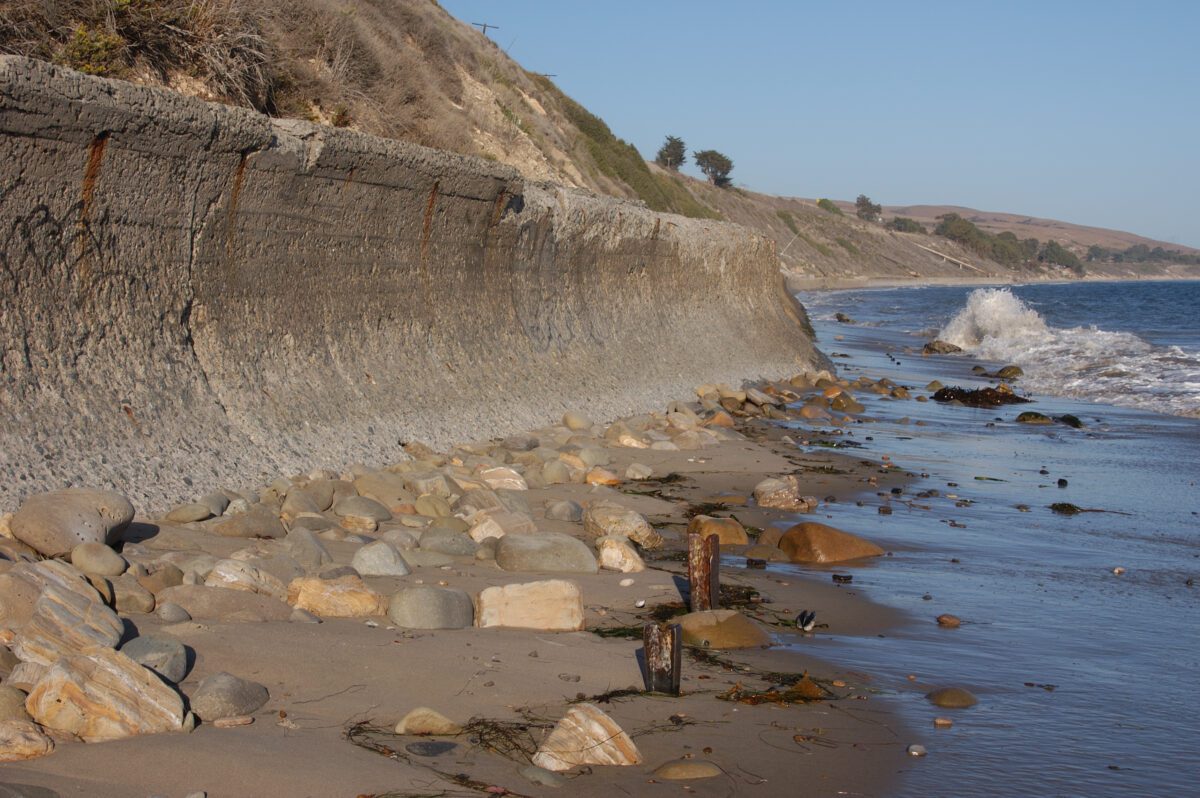Natural Protection Against Sea Level Rise
By David L. Revell, Ph.D., Principal, Coastal Climate Risk and Resilience
Sam Blakesley, Scientist
The California coast has been jolted by coastal flooding and damage caused by unprecedented rains, wind, high tides, and waves from the recent December and January storms.
San Francisco saw rain totals not measured in over 170 years of reporting, while coastal towns of Stinson Beach, Capitola and Santa Barbara saw extensive damage from wave action. With changing weather patterns comes an increased concern for our coastal areas to improve protection against storms and adapt to sea level rise.
While many urban coastal areas have turned to man-made armoring strategies to defend against storm surge and flood over the years, these strategies may cause more harm than good when it comes to holistic protection and environmental conservation.
In the 20th century, global sea levels rose around 7 inches. By 2100, it has been suggested that the sea around the San Francisco Bay Area, for example, will rise more than 7 feet. If this holds true, we can expect significant environmental and economic impact on local communities. Preventative measures are already in place in the form of coastal structures such as seawalls, jetties, and breakwaters that can reduce coastline erosion, flooding, and wave impact. These engineered barriers can also stabilize marine navigation channels, protect boat traffic, and support waterfront infrastructure. These structures however, which are primarily made of concrete, can degrade over time, are costly to repair, and contribute to stormwater pollution when they crumble.
Wave action against sea walls, for example, can cause significant amounts of sediment movement away from the structures, which can undermine the structure and increase erosion of our public beaches. On top of that, beach and marine biodiversity is adversely affected as coastal wetlands and habitats often deteriorate during construction of such structures.
How communities adapt and manage their coastal resilience plans is crucial to preventing damage to infrastructure and property. More and more regulators are looking at natural protection as being a better response to sea level rise than systems currently in place. One such method is engineering with nature to create living shorelines.
Natural living shorelines are found in areas impacted by low storm surge and typically consist of vegetation such as marsh or sea grass, clean sediment, cobbles and other biodegradable organic materials. Semi-natural shoreline developments are found in low to moderate areas of storm surge and utilize native vegetation, clean sediment, biodegradable organic materials, and low-profile rock structures of stone or concrete (breakwaters, containments) which can be seeded with native shellfish. Creating a living shoreline of natively occurring materials such as plants, reefs, sand, and other natural barriers can protect against flooding and improve water quality, aquatic habitat, and carbon sequestration potential.
How Integral Can Assist
Developing robust sea level rise adaptation and management plans to increase resiliency is critical for coastal cities, communities, infrastructure, and facilities. Integral’s Coastal ADAPT program provides a scientific and model-based decision support framework used to move a community through hazard awareness into adaptation planning. Coastal ADAPT engages stakeholders in an interactive way, supporting development of a holistic adaptation plan specific to your needs. Integral helps clients conduct vulnerability and fiscal impact studies to support adaptation planning and updates to the local coastal program policy. For more information, check out our website.
Natural Solutions | Coastal Resilience



